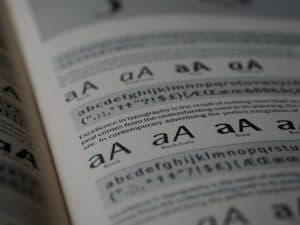Website design is an essential aspect of creating an online presence for any business. The design of a website can either attract or repel potential customers, making it crucial for businesses to choose the right design style that suits their brand identity and target audience. In this post, we’ll explore some of the most popular website design styles and their defining characteristics.
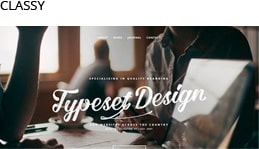 Classy Website Design:
Classy Website Design:
Classy website design exudes sophistication and elegance, using a minimalist approach with a focus on typography and spacing. It typically features a muted colour palette, clean lines, and lots of white space, making it ideal for businesses that want to project a high-end image and appeal to a discerning clientele.
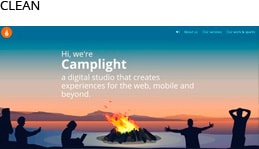 Clean Website Design:
Clean Website Design:
Clean website design emphasizes simplicity, minimalism, and functionality. It often features a lot of white space, simple typography, and a limited colour palette, creating an uncluttered and easy-to-navigate user experience. This design style is ideal for businesses that want to communicate their message clearly and efficiently without overwhelming users with unnecessary elements.
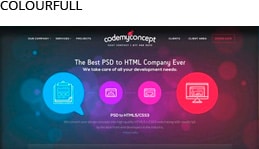 Colourful Website Design:
Colourful Website Design:
Colourful website design is all about vibrant hues, bold graphics, and playful typography. It uses a wide variety of colours to create a dynamic and visually engaging experience. This design style is perfect for businesses that want to showcase their creativity and appeal to a younger, more adventurous audience.
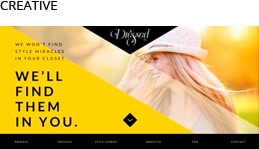 Creative Website Design:
Creative Website Design:
Creative website design breaks the mould and uses unique and unconventional elements to create an unforgettable user experience. It often features bold graphics, custom illustrations, and dynamic layouts that engage and surprise the user. This design style is ideal for businesses that want to stand out from the crowd and leave a lasting impression on their audience.
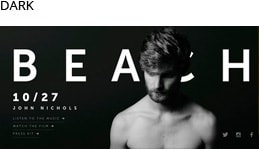 Dark Website Design:
Dark Website Design:
Dark website design is characterized by a dark colour scheme and often features high-contrast elements like white or bright colours to create a striking effect. This design style is great for businesses that want to communicate a sense of mystery or sophistication and can work well for brands that target a younger, more tech-savvy audience.
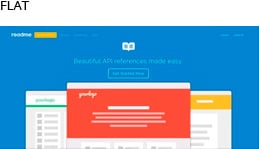 Flat Website Design:
Flat Website Design:
Flat website design is a minimalist design style that focuses on simplicity and the use of flat, two-dimensional shapes and graphics. It often features bright, bold colours and simple typography to create a clean and contemporary look. This design style is popular for its ease of use and clarity, making it perfect for businesses that want to convey a sense of modernity and professionalism.
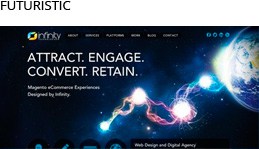 Futuristic Website Design:
Futuristic Website Design:
Futuristic website design is characterized by sleek, high-tech aesthetics that project a sense of innovation and progress. It often features metallic colours, gradients, and geometric shapes that create a sense of movement and dynamism. This design style is ideal for businesses that operate in cutting-edge industries like technology, science, or engineering.
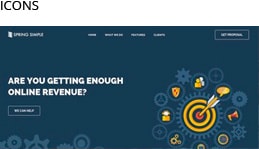 Icon-Based Website Design:
Icon-Based Website Design:
Icon-based website design is a minimalist design style that relies on icons and symbols to communicate information to the user. It’s a great style for businesses that want to simplify their message and make it easy to understand at a glance. Icon-based design often features simple graphics and bold, high-contrast colours to create an eye-catching effect.
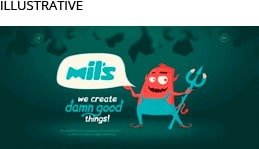 Illustrative Website Design:
Illustrative Website Design:
Illustrative website design uses custom illustrations and hand-drawn graphics to create a unique and playful aesthetic. It’s a great style for businesses that want to convey a sense of personality and approachability. Illustrative website design often features bright colours and whimsical elements that can appeal to a wide range of audiences.

Minimalist Website Design:
Minimalist website design is all about simplicity, clarity, and function. It often features a lot of white space, simple typography, and a limited colour palette to create a clean and uncluttered user experience. This design style is perfect for businesses that want to showcase their products or services without distracting users with unnecessary elements. Minimalist website design can also communicate a sense of sophistication and elegance, making it a popular choice for luxury brands.
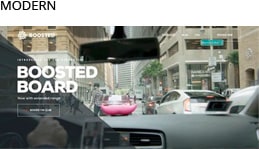 Modern Website Design:
Modern Website Design:
Modern website design is characterized by sleek and contemporary aesthetics, incorporating the latest design trends and technologies. It often features bold typography, large images or videos, and dynamic animations that create an engaging user experience. This design style is ideal for businesses that want to stay ahead of the curve and appeal to a tech-savvy audience.
 Retro Website Design:
Retro Website Design:
Retro website design draws inspiration from the past, often featuring vintage colours, typography, and graphics. It’s a great style for businesses that want to evoke a sense of nostalgia or pay homage to a bygone era. Retro website design often features textured backgrounds, playful graphics, and bold colours that can create a fun and lighthearted user experience.
Conclusion:
Choosing the right website design style is essential for businesses looking to create a strong online presence. Each design style has its unique characteristics and can convey different messages to users. By understanding the defining characteristics of each design style, businesses can make informed decisions about which style best suits their brand identity and target audience.


